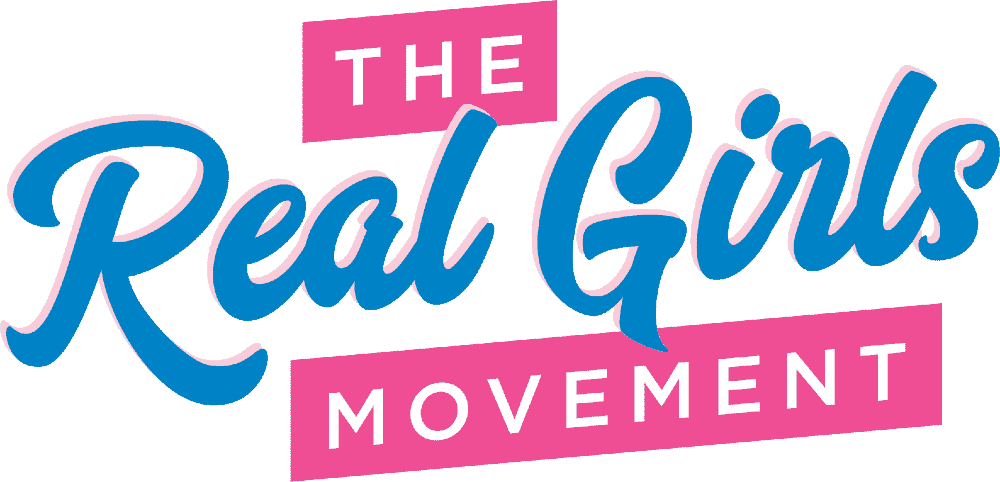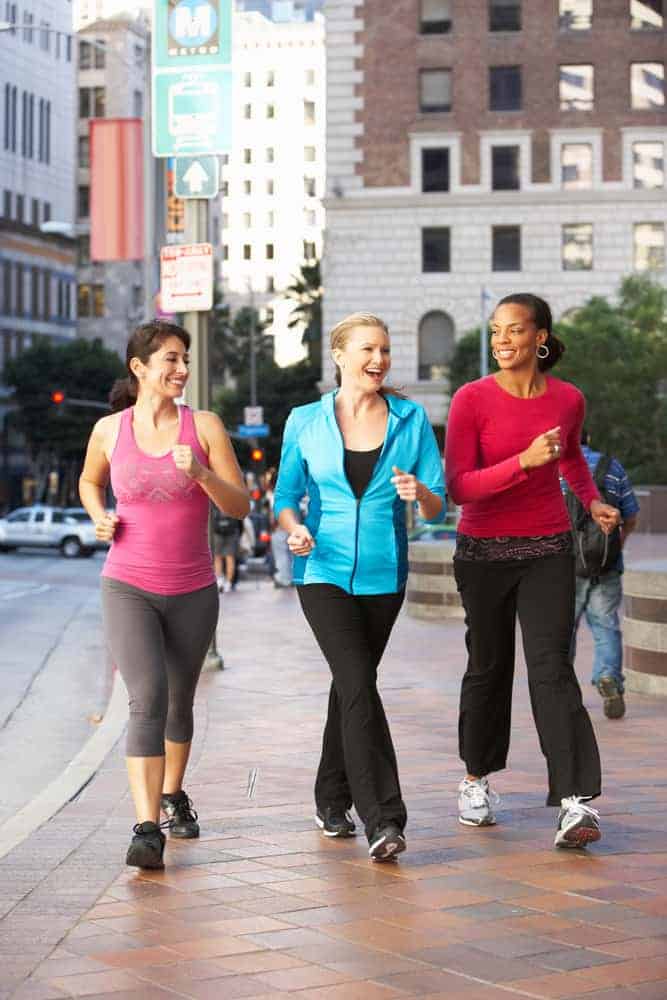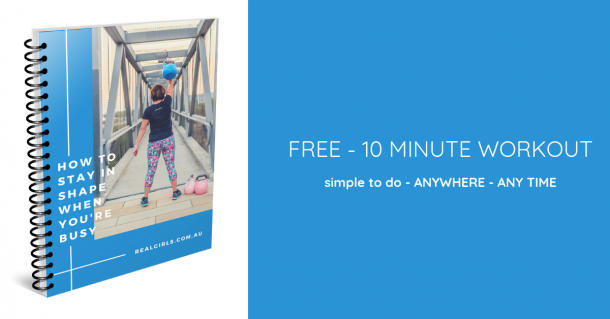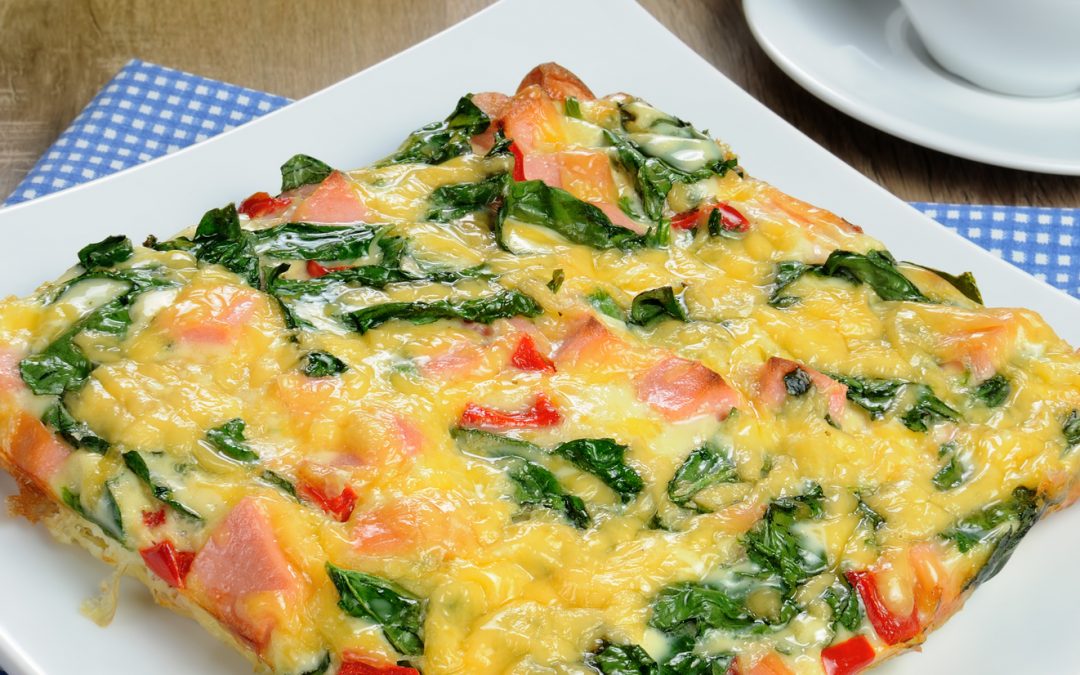Walking often gets a bad rap when it comes to fitness. A lot of fitness pros may even scoff at the idea of a walk being a “true” workout. You may even find yourself feeling like a bit of a slacker on the days you choose to walk rather than run or do a higher intensity workout.
But, many experts do agree that not only does walking yield a tonne of health benefits, it also improves your overall fitness too.
So, before you go ditching those comfy walking shoes, let’s learn how the experts are weighing in on the link between walking and better fitness.
Walking & aerobic fitness
When it comes to improving your heart health, look no further than a brisk walk around the block.
In fact, one study showed that walking briskly for only 30 minutes a day can significantly improve V02 max – this is the maximum amount of oxygen the body can use during exercise. [1]
In addition to improving aerobic fitness, walking has also been shown to reduce risk factors linked to cardiovascular disease. Reduced blood pressure, BMI, waist circumference and overall body fat were among some of the benefits to adopting a regular walking routine. [2]
Short on time? You can still reap the cardiovascular benefits of walking by performing 3 bouts of 10-minute intervals. Basically, every little bit counts, so keep that body in motion whenever you can!
Walking for strength gains & strong bones
While walking certainly isn’t going to give you the shredded muscular physique of a bodybuilder, it still packs a big punch when it comes to maintaining your muscle mass.
One study looked at the benefits of walking among older adults and its impact on muscle mass.
Researchers found that those who performed higher amounts of moderate to vigorous physical activity (such as walking) significantly reduced their risk of sarcopenia – a condition defined as the loss of muscle mass and function (muscle wasting or “frailty syndrome”), commonly seen in older adults. [3]
There’s also some evidence that walking can keep your bones strong too. Because walking is a weight bearing activity, it helps maintain bone density and strength. [4]
Intensity matters!
While walking is hugely beneficial for overall health and well being, we may need to pick up the pace.
The Australian Government, Department of Health recommend that adults between the ages of 18-64 years:
“accumulate 150 to 300 minutes (2 ½ to 5 hours) of moderate intensity physical activity or 75 to 150 minutes (1 ¼ to 2 ½ hours) of vigorous intensity physical activity, or an equivalent combination of both moderate and vigorous activities, each week.” [5]
Brisk walking is one of the many activities recommended, but the intensity is also important.
“Moderate intensity physical activity requires some effort, but still allows you to speak easily while undertaking the activity. Examples include active play, brisk walking, recreational swimming, dancing, social tennis, or riding a bike or scooter.
Vigorous intensity physical activity requires more effort and makes you breathe harder and faster (“huff and puff”). Examples include running, fast cycling, many organised sports or tasks that involve lifting, carrying or digging.”
~ Australian Government, Department of Health
Keep an eye on your intensity by using ‘the talk test’. You should be able to talk, but carrying on a conversation may be challenging. If you’re able to talk at leisure, it’s time to up the pace 😉
Make the most of your walking workout
You can get the most bang for your walking workout by making just a few small tweaks:
For example;
- try varying the terrain of your outdoor walk or even adding hills to your usual treadmill routine.
- try walking faster for varying distances / times while building up your overall walking speed, e.g. walk as fast as you can between two light posts and then walk your regular ‘brisk’ pace for three light posts – & repeat
And, the best way to get results from a walking program?
In one word, consistency.
If you can’t fit in a “formal” workout, focus on walking as much as you can, whenever you can. Make walking part of your everyday routine and you’ll reap those fitness benefits in no time. You might also like to consider my 10 minute workout in the eGuide below.
REFERENCES
[1] Science Direct – Preventative Medicine Journal (January 2005): The effects of short- vs. long-bout exercise on mood, VO2max, and percent body fat
[2] Science Direct – Preventative Medicine Journal (March 2015): The effect of walking on risk factors for cardiovascular disease: An updated systematic review and meta-analysis of randomised control trials
[3] Age and Ageing Journal (September 2016): Physical activity and incidence of sarcopenia: the population-based AGES—Reykjavik Study
[4] National Institutes of Health (NIH) Osteoporosis and Related Bone Diseases National Resource Center: Exercise for Your Bone Health
[5] Australian Government,Department of Health: Australia’s Physical Activity and Sedentary Behaviour Guidelines and the Australian 24-Hour Movement Guidelines





